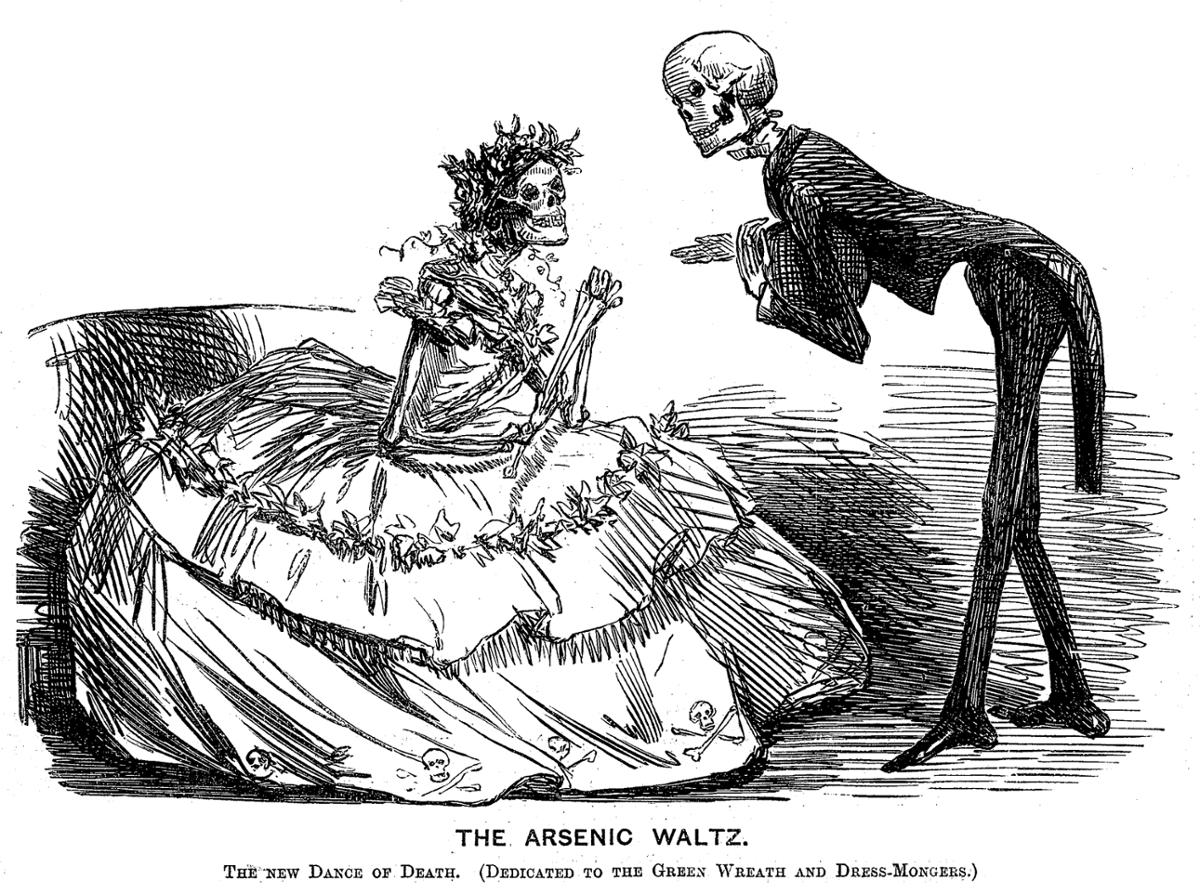Walking down the block, you pass an interior design boutique. Its windows feature a luxurious display of velvet curtains, crystal vases, elegant lamps. One object in particular catches your eye. “Oh,” you pine, “that wallpaper is to die for!”
Today, such a statement is merely figurative language. But 150 years ago, in Victorian Britain, it would have expressed an unfortunate truth.
Wallpaper of the day was colored with a vibrant pigment called Scheele’s Green. Victorians loved their colorful interiors, whose backdrops were often ornate, floral wallpapers. The wallpaper’s designs—ranging from greenery to abstract patterns to pastoral illustrations—captivated when dyed with Scheele’s Green.
In 1775, Swedish chemist Carl Wilhelm Scheele created the artificial color by blending a nasty mix of chemicals. First, he heated up sodium carbonate, then added arsenious oxide. The final ingredient was copper sulfate, which was responsible for the grassy hue.
The result was a chemical compound called copper arsenite. As you might have guessed from its name, copper arsenite contains the lethal element of arsenic.
Scheele wrote of his color’s dangerous properties, but that didn’t stop Victorians from using the dye in all manner of objects. At first, they worried that arsenic was deadly only if ingested. But by the 1860s, as factory workers and families became sick and died, reports circulated blaming the wallpaper. The arsenic, it’s believed, flaked off the wallpaper in tiny chips that were breathed in. It’s also likely that if the wallpaper became damp, it caused a chemical reaction in Scheele’s Green, releasing toxic gas.
Arsenic wallpaper soon fell out of fashion, remembered now as a green-dyed monster.










